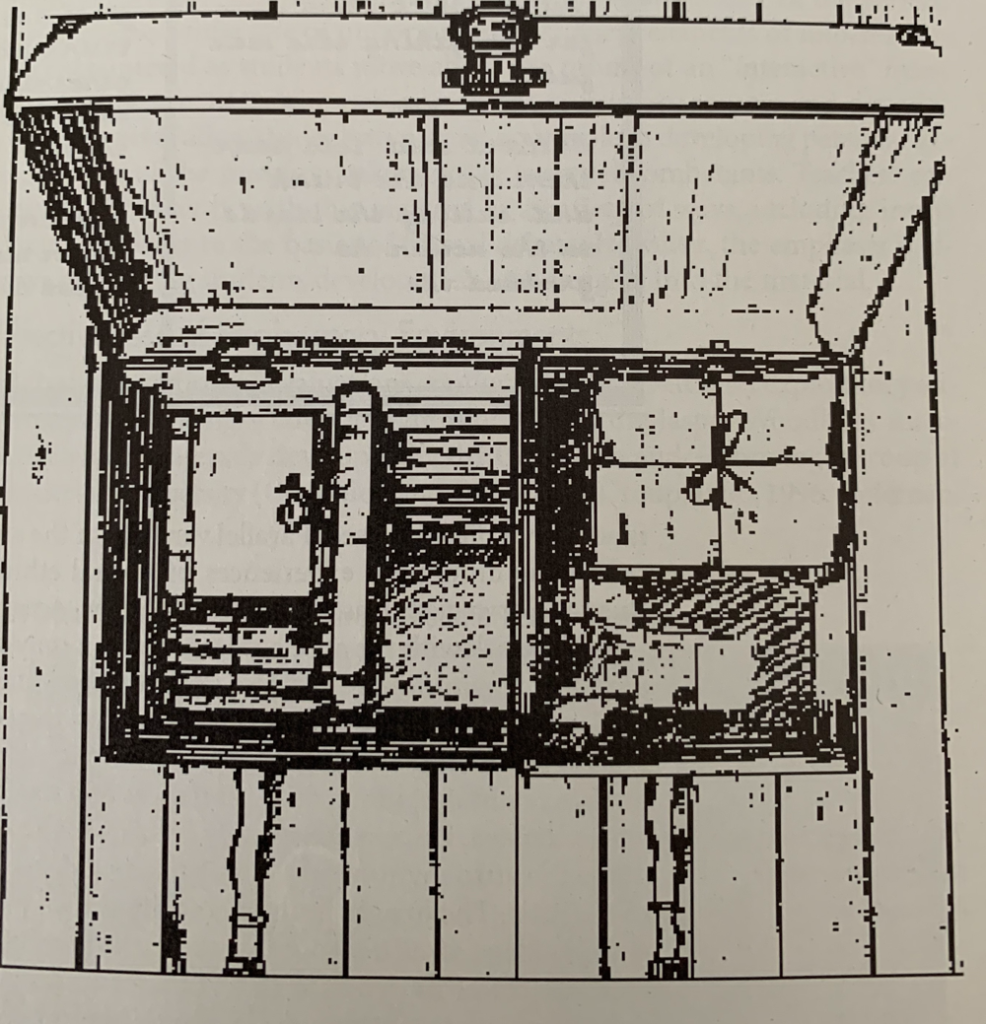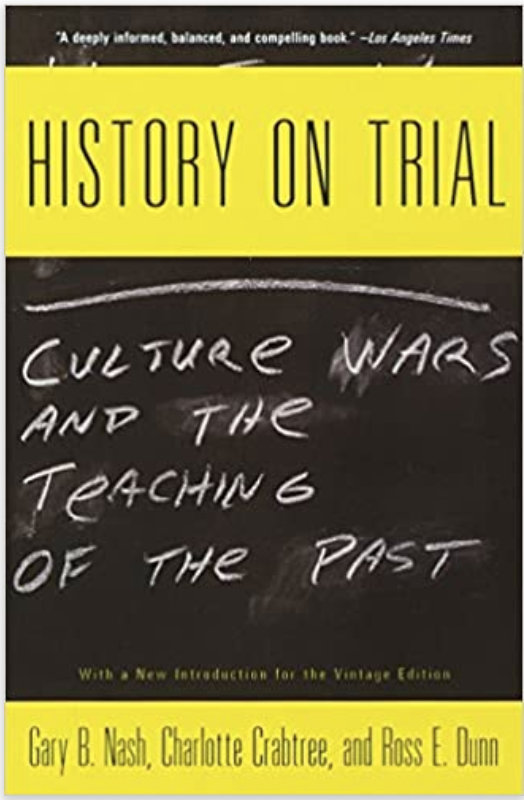Donald Trump has added a new dimension to his complaints and proposals for his reelection. The President of the United States warned of a national education crisis on Thursday: the “ideological poison” of “radical” history education. He has proposed the development of the “1776 Commission” to address what he sees as flawed history instruction. I have seen this movie before.
I am not a great student of history and have often noted with some pride that I got through college without taking a history course. This was a significant challenge as my major professor in graduate school taught the grad course on the history of psychology and was a noted scholar focused on the history of the emergence of “life span developmental” psychology.
The limitations of my formal education aside, I have some insight into the exact issue that Trump raised and I have read a good amount on the topic and the role K12 history courses should serve.
My focus as is so often the way anyone becomes interested in a specific issue originated in a unique way. Much of my early interest in technology (say late 1980s) was focused on how technology tools could play unique roles in the hands of students. I was interested in David Jonasson’s concept of mindtools [https://frank.itlab.us/forgetting/learning_mindtools.pdf] and from this Cindy and I proposed “technology integration”. Our efforts extended Jonasson’s list of technology tools to include other tools such as digital probes and photography. A core concept in Jonasson and our argument was that students at all levels should have opportunities to engage in age-scaled tasks that explore content areas. We adopted “Do …” as a way to explain what we thought was both motivational and would enable authentic learning. For example – Doing biology, Doing writing, and to explain the background for my present focus, “Doing history”.
History seemed perfectly suited to personally authentic tasks as one’s community and family provide a history within which students are embedded and tasks can be created to enable investigations and authoring related to such histories.
Without any formal background in history, I found inspiration in my own personal experiences. I grew up on a farm and for some reason I was allowed to explore the contents for our attic. My father was a radar operator in WWII in the South Pacific and he had old equipment in the attic. Battery operated radios and a ham radio. He helped us string a wire from the house to a nearby tree as an antenna for the ham radio and when he had some time would sit with me and write down the content of Morse coded messages we could find. He also had a shoebox of 620 negatives he had made while stationed overseas. These negatives are large and you can contact print them (you don’t need an enlarger). He would create collections of photos in the field his comrades could send home to their families and make a little money. I became interested in photography.
The connection? At some point, I began creating technology-enabled, exploratory environments and my first prototype created in HyperCard was “Grandma’s Attic”.

The idea was that learners could have access to a simulated attic providing access to artifacts associated with a family with certain characteristics (e.g., I was working in North Dakota and focused on groups settling the state – e.g., Norwegians, Germans from Russia). The resources of the attic – letters, diaries, photos in a photo album, newspapers, magazines, physical objects such as a spinning wheel – could be examined in an effort to put together impressions about the family. Historians are trained to apply what is often referred to as the historians’ craft (often a college course) which involves techniques for collecting information from the type of resources described here and making objective observations that could be used to make arguments about the lives of people associated with and creating such artifacts. So doing history offers a great opportunity to problem-solve, engage in critical thinking and argumentation, and other potentially generalizable cognitive skills in addition to acquiring the facts and stories of history.
The concepts of doing history and authentic learning tasks scaled to K12 student capabilities resulted in Cindy and my writing and receiving several significant grants – a Technology Innovation Challenge grant and Cindy’s Teaching American History grant.
It is the preparation for writing these grants that I connect with Trump’s claims about the failed purpose for all K12 students taking history courses. Educators are expected to accomplish so many things and this list just seems to grow. The great controversy with learning history has been whether it is about teaching what might be called Patriotism and a shared perspective of the cultural background we all share OR whether it should be what I would describe as what historians study and write about – what actually happened in the past and what are the consequences of these past experiences as the American people have moved through time. This difference of opinions has been described in many ways. I remember reading this book as I helped contribute to the others working on these grants. If Trump’s complaints about how students are being influenced by their exposure to our history interests you, I would recommend the book to provide context.

I come down on the side of learning the facts of our history much in the same way I argue we need to understand and act on the facts of science. Certainly, history would be one of the courses in which issues such as slavery and enduring inequalities of all types should be considered. Denial of the facts of our past is not what education should be promoting.
An analysis of the aims and goals of teaching history
![]()